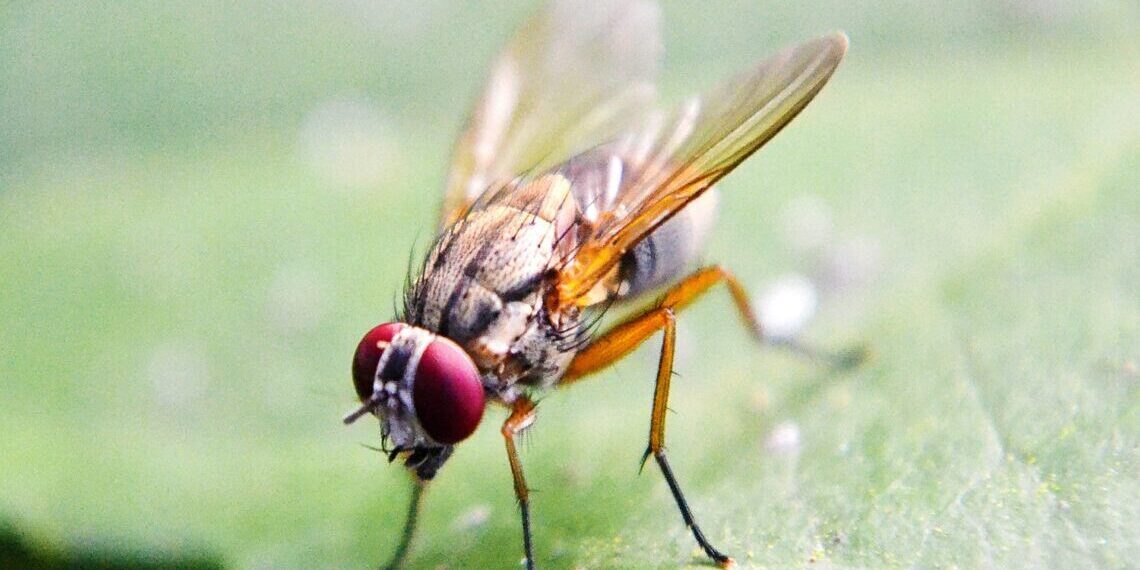How do you spot a hungry fruit fly? The answer lies in an unlikely source: machine learning. Tulane University has developed a new artificial intelligence tool called MAFDA (Machine-learning-based Automatic Fly-behavioral Detection and Annotation) that can determine whether a fruit fly is hungry, sleepy, or even serenading. This innovative system utilizes cameras and advanced software to monitor and identify complex behaviors of individual fruit flies in a group setting, allowing researchers to compare these behaviors with different genetic backgrounds.
For over a century, researchers have turned to fruit flies to unravel the mysteries of inheritance and immunity in humans. With 60 percent of the same DNA as humans, fruit flies have played a crucial role in six Nobel Prize-winning studies involving Drosophila melanogaster. However, previous algorithms struggled to track individual flies effectively within a group. That’s where MAFDA comes in, simplifying the study of these small winged creatures.
“The behavior of fruit flies has been instrumental in discovering novel phenomena, from inheritance theories to innate immunity,” said Wu-Min Deng, a professor at Tulane School of Medicine. “Being able to quantify their behavior represents a significant advancement in behavioral studies.” This sentiment is echoed by Wenkan Liu, the graduate student who created MAFDA, who believes it expedites research, minimizes human errors, and provides valuable insights into behavior genetics. The system also enhances reproducibility and opens avenues for larger-scale behavioral analysis.
MAFDA was developed as part of a study that focused on identifying a specific gene responsible for fruit flies’ perception and production of pheromones, challenging the conventional view that separate genes control these two functions. These findings have broad implications in understanding human behavioral evolution, metabolism, and sexual dimorphism.
Looking ahead, researchers envision MAFDA being used to study other insects, mice, fish, and potentially even the effects of drugs. By training the system with more information, it becomes increasingly accurate in identifying various behaviors like courtship and feeding. This tool holds great promise for advancing research in these areas.
MAFDA is already making waves in other research projects at Tulane, and efforts are underway to make the system more accessible to researchers worldwide. The ultimate goal is to utilize this tool to assess the health status of flies, an ambitious prospect that could pave the way for future scientific breakthroughs. As the lead author, Jie Sun, explains, “This is an exceedingly vital and meaningful tool.”
Tulane University’s creation of MAFDA has revolutionized the study of fruit flies and holds immense potential for further research. With its ability to track and analyze individual behaviors, it streamlines experiments, reduces errors, and provides a wealth of insights into behavior genetics. As scientists strive to expand its applications, MAFDA may become an invaluable resource not only for fruit fly research but also for studying other insects, animals, and even human-related phenomena.
The whytry.ai article you just read is a brief synopsis; the original article can be found here: Read the Full Article…





